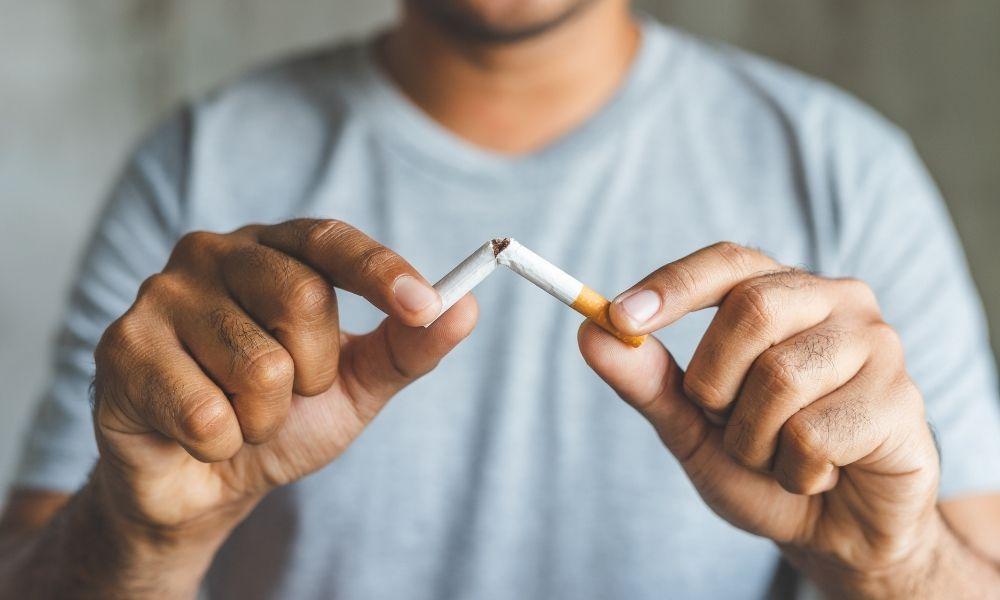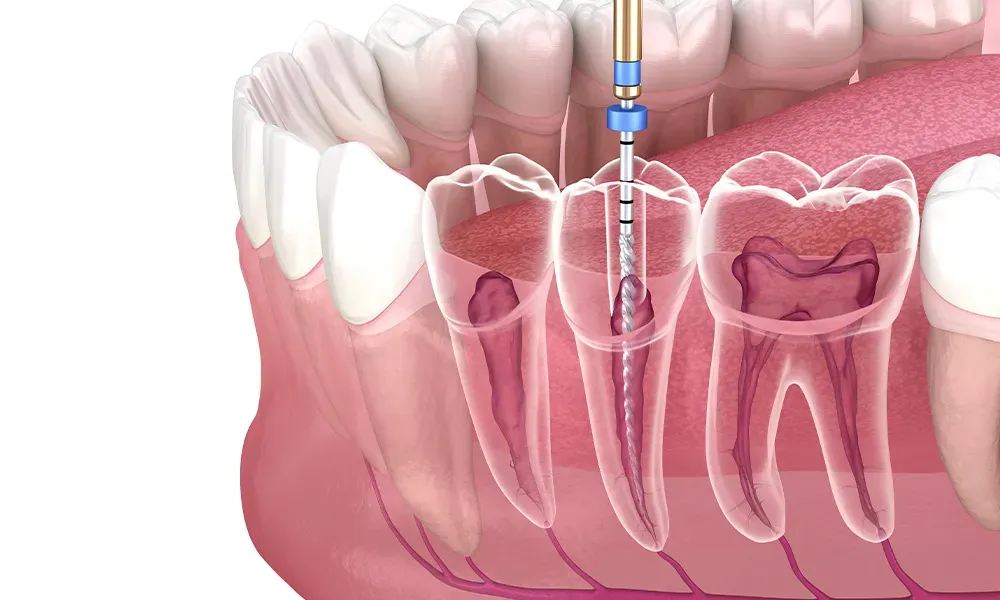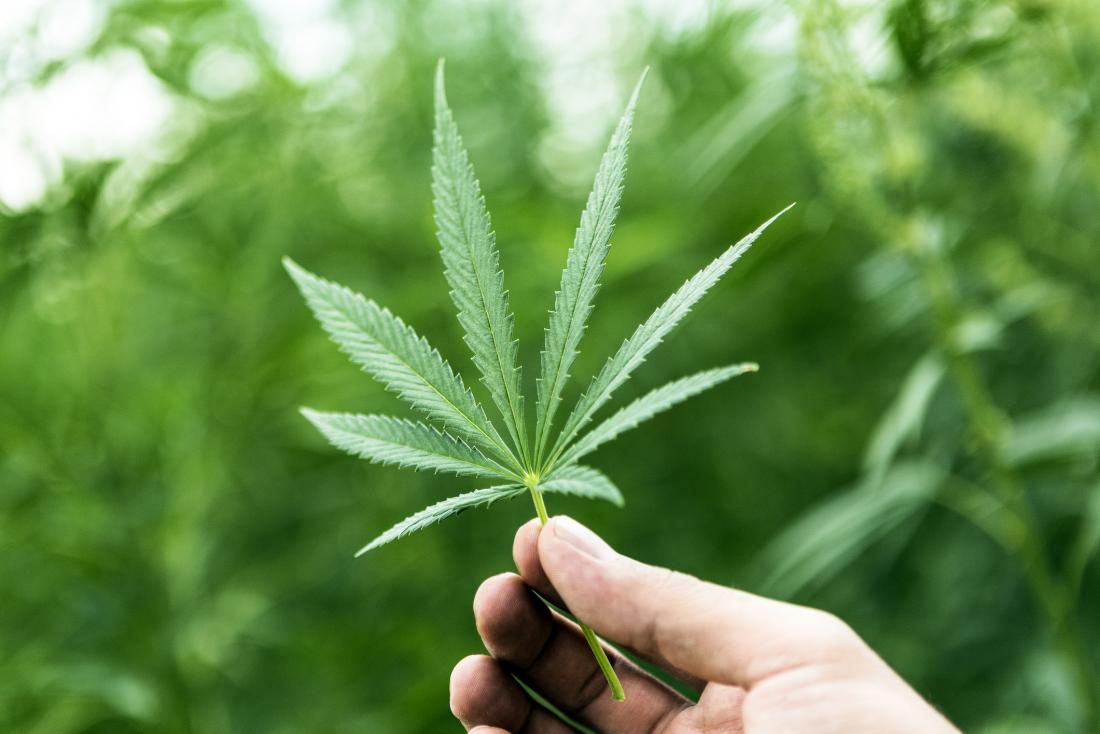Nicotine is a nitrogen-containing molecule found in a variety of plants, including the tobacco plant. It can also be produced synthetically. Tobacco plants, like red peppers, aubergines, tomatoes, and potatoes, are part of the nightshade family and contain nicotianatabacum, a form of nicotine.
When the body is exposed to nicotine, it often feels a ‘kick’. Nicotine stimulates the adrenal glands, causing the release of adrenaline. This spike of adrenaline stimulates the body, causing glucose to be released immediately and increasing your heart rate, breathing activity, and blood pressure levels.
Depending on the dosage, nicotine can function as a sedative. This is because, once it reaches the brain, it can activate the release of beta-endorphin — a hormone recognized for its capacity to reduce anxiety and relieve emotional stress. This is where Nicorette plays its role.
To stay away from the excessive use of the nicotine, it is best that you should start taking Nicorette as a medication to stay away from excessive addiction.
How nicotine causes problems?
Nicotine exposure also causes the pancreas gland to generate less insulin, resulting in a modest rise in blood sugar or glucose.Nicotine also has an indirect effect on the brain. Nicotine, like heroin or cocaine, causes dopamine — a brain chemical that influences emotions, actions, and perceptions of pleasure and pain — to be released in certain areas of the brain.
Increased dopamine levels make you feel happier and more pleased, contributing to the ‘kick’ experience. However, when your tolerance to nicotine increases over time, you will generally need a higher dose to achieve the same results.
If you are using an over-the-counter product, make sure to read all of the guidelines on the packaging before using it. If your doctor has prescribed this medication, read the Patient Information Leaflet, which is available from your pharmacist, before you begin using it and each time you receive a refill. If you have any questions, go to your doctor or pharmacist.
Start with the medication when you want to quit smoking
Start using this medication on the day you quit smoking. When you are tempted to smoke, chew a piece of gum. Chew the nicorette freshmint slowly until it tingles, then place it between your cheek and gum. Hold it there until it stops tingling.
When the tingle has gone, resume chewing until the tingle returns. The majority of the nicotine will be gone after 30 minutes. Avoid using more than one piece of gum at a time. You can also use this product on a regular basis or whenever you feel the need to smoke.
The ideal dose for you is one that reduces your desire to smoke while avoiding side effects from too much nicotine. Your dosage will need to be adjusted based on your specific needs, including your smoking history and medical condition.
Continue at the dose and schedule that worked best for you after you quit smoking. Start lowering your dose after 6 weeks, or as prescribed by your doctor, until you are no longer smoking and no longer require nicotine replacement.
The nicorette freshmint must be used for the entire course of treatment (12 weeks). If you continue to feel the need to use this medication to prevent smoking after the treatment term, speak with your doctor.
Final Words
If you suddenly stop taking this drug, you may experience withdrawal symptoms (such as tobacco cravings, agitation, irritability, or headaches). To prevent withdrawal, your doctor may gradually reduce your dose.
Withdrawal is more common if you have been using nicotine for a long period or in large amounts. If you are experiencing withdrawal, contact your doctor or pharmacist right away.
Some smokers are unsuccessful in their first attempt to quit. You may need to discontinue using this product and try again later. Many people who fail to quit the first time succeed the second time around.





